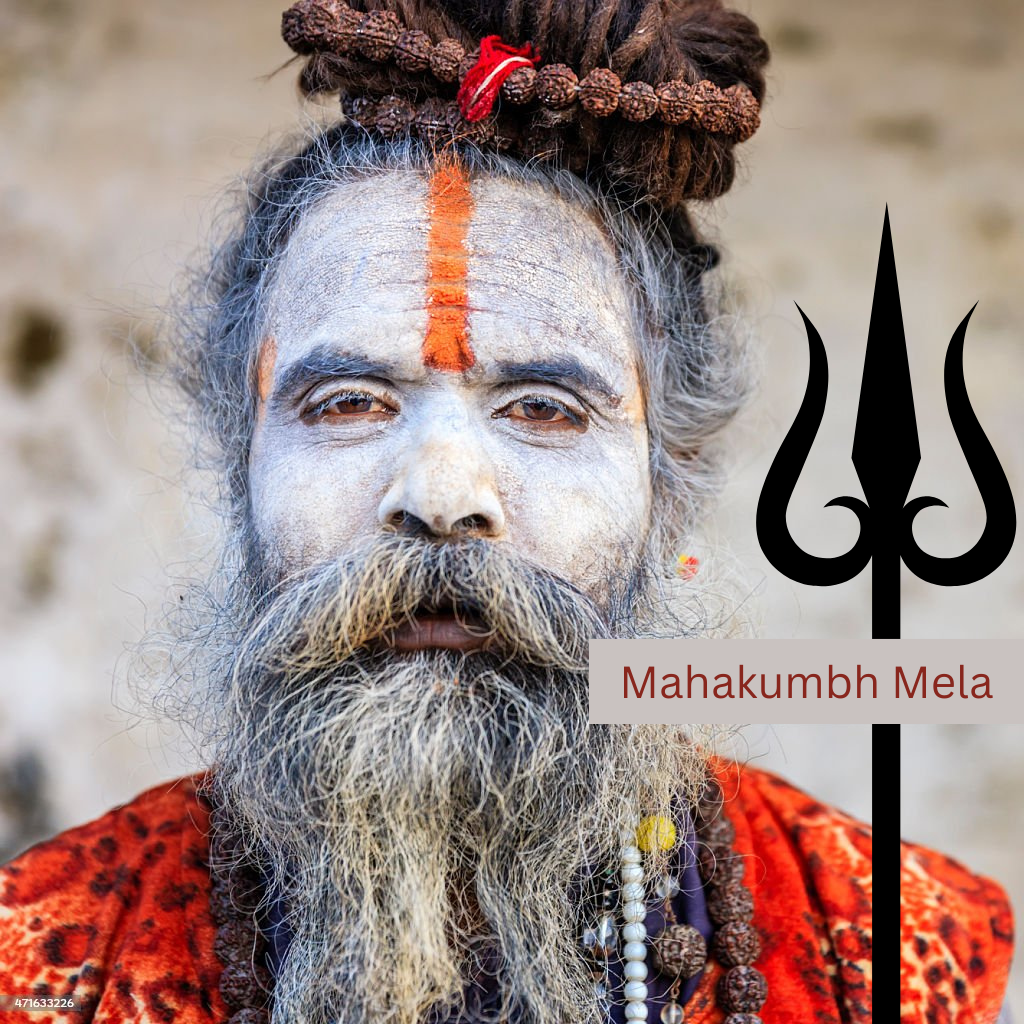The Maha Kumbh Mela, often hailed as the largest congregation of humanity on Earth, is a vibrant tapestry of spirituality, culture, and devotion. Rooted in ancient Indian traditions, this mega festival holds immense religious significance for Hindus and draws millions of pilgrims, saints, scholars, and tourists from around the world.
Origins and Mythological Significance
The origins of the Kumbh Mela are steeped in the mythology of the Samudra Manthan (churning of the ocean), a tale from Hindu scriptures. According to legend, the gods (Devas) and demons (Asuras) churned the ocean to obtain the elixir of immortality, known as amrit. When the pot of nectar emerged, a fierce battle ensued, lasting twelve divine days. During this chase, a few drops of the nectar fell at four places on Earth—Prayagraj (Allahabad), Haridwar, Ujjain, and Nashik. These locations became sanctified, and the Kumbh Mela is celebrated at these spots.
The term “Kumbh” means pot, and “Mela” refers to a fair or gathering, symbolizing the pot of nectar and the gathering of devotees.
What is Maha Kumbh Mela?
The Maha Kumbh Mela is a special version of the Kumbh Mela, occurring once every 144 years (or 12 Purna Kumbh Melas). It is celebrated at Prayagraj, located at the confluence of the Ganga, Yamuna, and the mythical Saraswati rivers, known as the Triveni Sangam. This confluence is considered highly auspicious, making it the focal point of this grand event.
When and Where
The Kumbh Mela is held every 12 years at each of the four sacred locations in a rotational manner:
- Haridwar: On the banks of the Ganga River.
- Prayagraj (Allahabad): At the Triveni Sangam.
- Nashik: Along the Godavari River.
- Ujjain: On the banks of the Shipra River.
The specific timing is determined by planetary positions, particularly the alignment of Jupiter, the Sun, and the Moon. The Maha Kumbh Mela, due to its immense significance, draws unparalleled crowds.
The Spiritual Essence
For Hindus, the Kumbh Mela is an opportunity to cleanse the soul of sins and attain moksha (liberation) by bathing in the sacred rivers. This act, known as snan, is performed during the most auspicious times, determined by Vedic astrologers.
The Mela also serves as a stage for spiritual discourses, where saints and scholars impart wisdom through teachings rooted in the Vedas, Upanishads, and other sacred texts.
Key Highlights of Maha Kumbh Mela
- Shahi Snan (Royal Bath): The highlight of the festival, this ceremonial bath is led by revered ascetics and akharas (monastic orders). These processions are a spectacle of vibrant costumes, chants, and rituals.
- Sadhu Congregations: The Mela is a rare opportunity to see various sects of ascetics, including:
- Nagas: Naked saints who renounce worldly possessions.
- Urdhwavahurs: Saints who practice severe penance.
- Parivrajakas: Wandering monks.
- Cultural Programs: The Mela features devotional music, dance, and art exhibitions, reflecting India’s rich cultural heritage.
- Mass Feeding: Pilgrims and visitors are served free meals (bhandara) as an act of charity and devotion.
Scale and Organization
The Maha Kumbh Mela is a logistical marvel. Temporary tent cities are erected, housing millions of devotees. Advanced technology, including drones and AI, is employed for crowd management and security. Extensive medical facilities, sanitation, and clean water are made available.
The Indian government collaborates with local authorities to ensure seamless organization, making the Mela not only a spiritual hub but also a testament to India’s ability to manage large-scale events.
Global Recognition
The Kumbh Mela has garnered international recognition, with UNESCO designating it as an “Intangible Cultural Heritage of Humanity.” The event attracts global media, researchers, and spiritual seekers, making it a bridge between ancient traditions and modern curiosity.
Impact and Importance
- Spiritual Awakening: For devotees, the Mela is a profound spiritual journey, strengthening their faith and connection to divinity.
- Cultural Exchange: The festival provides a platform for cultural exchange, as people from diverse backgrounds come together.
- Economic Boost: Local economies thrive due to the influx of pilgrims and tourists. From artisans to small businesses, the Mela offers numerous economic opportunities.
- Environmental Awareness: Recent efforts have focused on promoting eco-friendly practices, emphasizing the importance of preserving India’s sacred rivers.
A Journey Beyond Faith
While the Maha Kumbh Mela is rooted in Hinduism, its message of unity, devotion, and the quest for salvation resonates universally. It is a living testament to India’s rich spiritual heritage and its timeless relevance in an ever-changing world.
The Maha Kumbh is not just a religious event—it is a celebration of life, humanity, and the eternal search for truth. For those who experience it, the Mela leaves an indelible mark, inspiring them to carry its spiritual essence throughout their lives.
Conclusion
The Maha Kumbh Mela stands as a beacon of faith and a symbol of India’s unparalleled cultural legacy. It is a phenomenon that transcends boundaries, inviting every soul to partake in its divine embrace. Whether as a devotee seeking salvation or an observer marveling at its grandeur, the Maha Kumbh Mela is a journey of transformation and enlightenment—a true celebration of the human spirit.






More Stories
Zero Day
Chhaava
jee main result